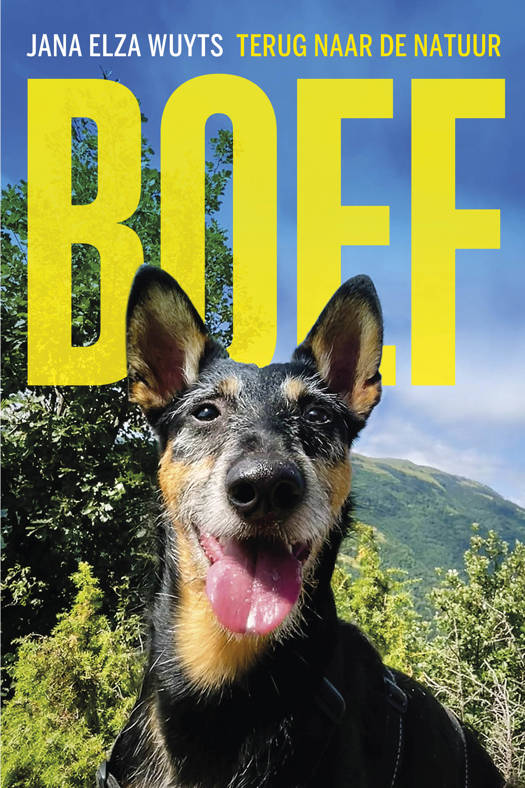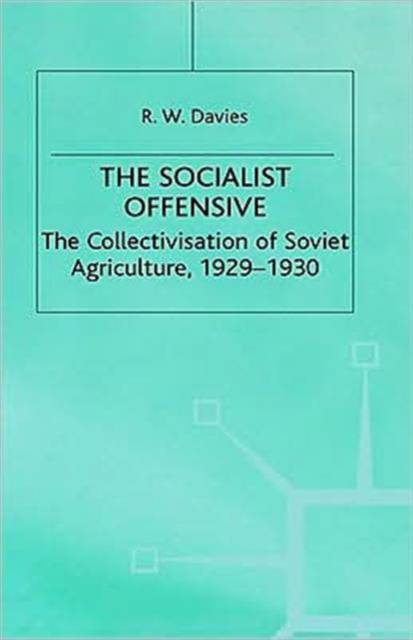
- Afhalen na 1 uur in een winkel met voorraad
- Gratis thuislevering in België vanaf € 30
- Ruim aanbod met 7 miljoen producten
- Afhalen na 1 uur in een winkel met voorraad
- Gratis thuislevering in België vanaf € 30
- Ruim aanbod met 7 miljoen producten
Zoeken
The Industrialisation of Soviet Russia 1: Socialist Offensive
The Collectivisation of Soviet Agriculture, 1929-30
R W Davies
€ 259,45
+ 518 punten
Omschrijving
By the summer of 1929 Soviet industrialisation was well under way, but agriculture was in a profound crisis: in 1928 and 1929 grain to feed the towns was wrested from the peasants by force, and the twenty-five million individual peasant households lost the stimulus to extend or even to maintain their production. In the autumn of 1929 the Soviet Politburo, led by Stalin, launched its desperate effort to win the battle for agriculture by forcible collectivisation and by large-scale mechanisation. Simultaneously hundreds of thousands of kulaks (richer peasants) and recalcitrant peasants were expelled from their villages. This book tells the story of these events, as momentous in their impact on Russian history at the Bolshevik Revolution of October 1917, and of the temporary retreat from collectivisation in the spring of 1930 in the face of peasant resistance. The crisis in the Communist Party which resulted from this upheaval, in the months preceding the XVI party congress in June 1930, is described in detail for the first time.
Specificaties
Betrokkenen
- Auteur(s):
- Uitgeverij:
Inhoud
- Aantal bladzijden:
- 491
- Taal:
- Engels
- Reeks:
Eigenschappen
- Productcode (EAN):
- 9780333261712
- Verschijningsdatum:
- 30/07/1980
- Uitvoering:
- Hardcover
- Formaat:
- Genaaid
- Afmetingen:
- 140 mm x 216 mm
- Gewicht:
- 798 g

Alleen bij Standaard Boekhandel
+ 518 punten op je klantenkaart van Standaard Boekhandel
Beoordelingen
We publiceren alleen reviews die voldoen aan de voorwaarden voor reviews. Bekijk onze voorwaarden voor reviews.









